The desired effect can be achieved via folding. If we create one-line
folds separately containing empty lines of a buffer, they all will be
marked out as folded. The only thing left will be to customize the
highlighting accordingly.
First of all, we need to automatically create the folds. For this
purpose, we can switch folding to the expr method and then set
the foldexpr option to evaluate to a non-zero value for empty
lines only:
:setl foldmethod=expr
:setl foldexpr=empty(getline(v:lnum))
What we should do next for the trick to work out is to make those
folds close automatically in order to trigger the folding
highlighting:
:setl foldminlines=0
:setl foldlevel=0
:set foldclose=all
Finally, to repeat a custom character in the folding line, we just
empty the text displayed for a closed fold, and change the filling
character:
:setl foldtext=''
:set fillchars+=fold:#
Combining the above commands in one function for convenience,
we obtain the following:
function! FoldEmptyLine()
setl foldmethod=expr
setl foldexpr=empty(getline(v:lnum))
setl foldminlines=0
setl foldlevel=0
set foldclose=all
setl foldtext=''
set fillchars+=fold:#
endfunction
The downside of this trick, of course, is that it interferes with the
usual applications of folding, and cannot be easily used without
modifications if the user extensively relies on folding for other
purposes.
